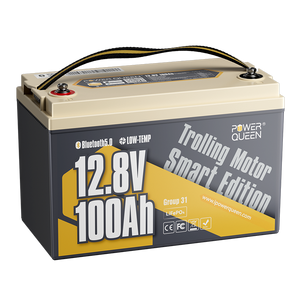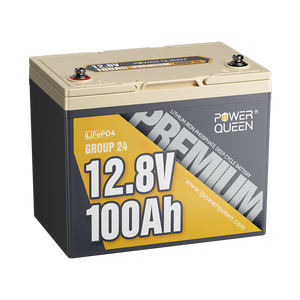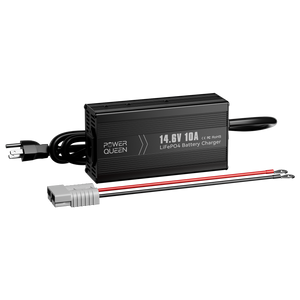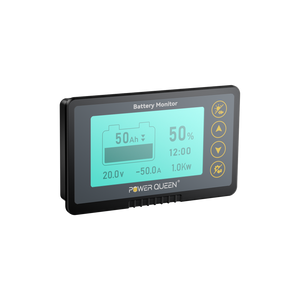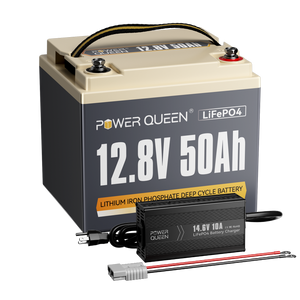[Newest] 7 Mistakes to Avoid When Charging LiFePO4 Batteries
Charging a LiFePO4 battery, also known as a lithium iron phosphate battery, requires careful attention to ensure its longevity and optimal performance. Making mistakes during the charging process can lead to decreased battery life, reduced capacity, or even safety hazards.
In this blog, we will discuss some common mistakes to avoid when charging LiFePO4 batteries to help you maximize their efficiency and lifespan.
Mistake 1: Overcharging the Battery
One of the most significant mistakes to avoid is overcharging the LiFePO4 battery. Exceeding the battery's recommended voltage can cause damage to the internal chemical structure, resulting in reduced capacity and potentially even shortening the battery's overall lifespan.
Although lithium-ion batteries typically have built-in safety mechanisms BMS to prevent overcharging, it is crucial to adhere to the manufacturer's guidelines for proper usage and minimize potential hazards.
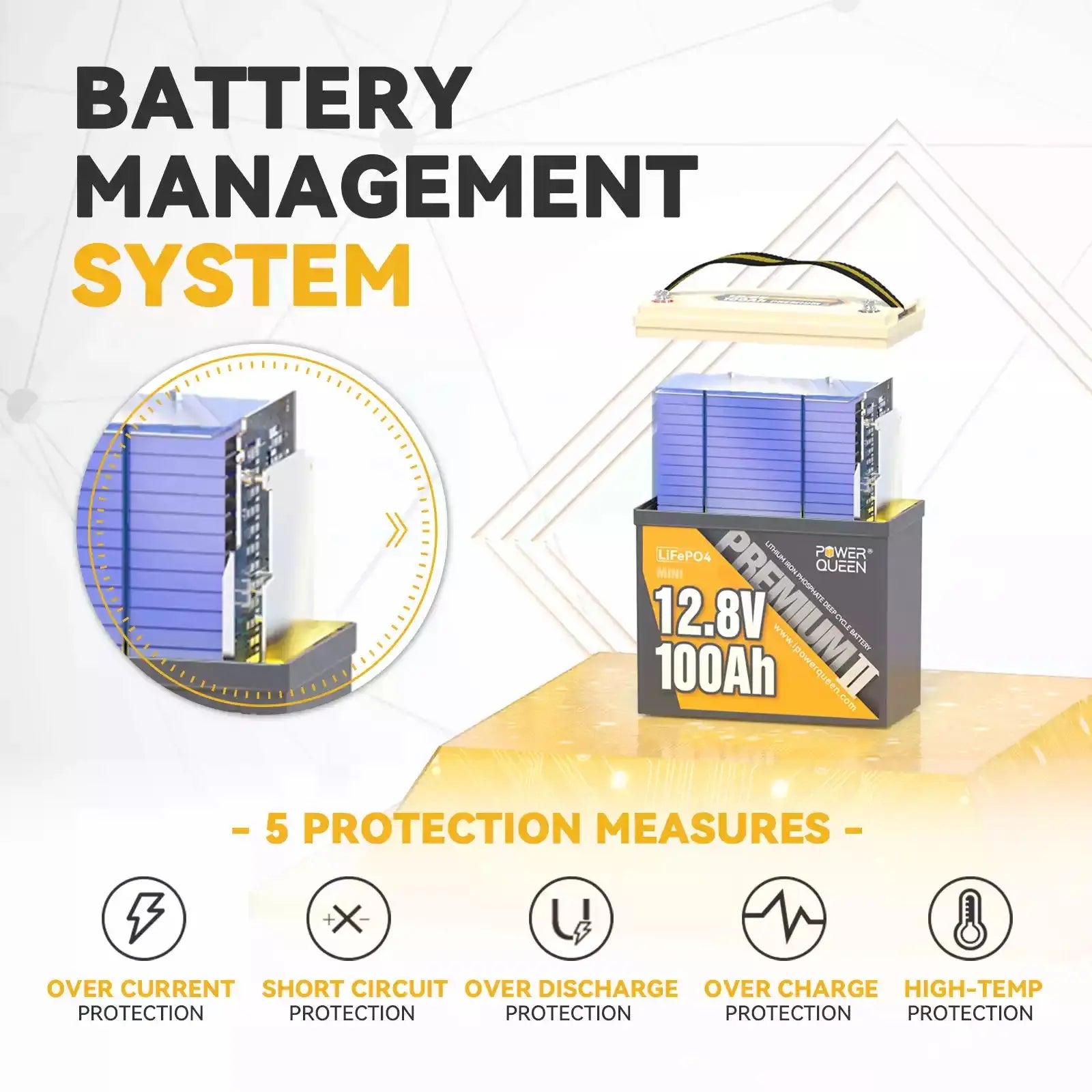
Symptoms of an overcharged battery may include swelling, leakage, elevated temperature, smoke emission, and reduced performance capabilities.
Mistake 2: Undercharging the Battery
On the other hand, undercharging a LiFePO4 battery can also have detrimental effects. Insufficient charging may lead to a reduced energy capacity, limiting the battery's ability to power your devices effectively. Avoid discharging the battery too much before recharging it, and try to maintain an appropriate charging cycle to ensure its optimal performance.
Mistake 3: Using Incompatible Chargers
Using chargers that are not specifically designed for LiFePO4 batteries is another mistake to avoid. Different batteries have varying charging requirements and, as such, require dedicated chargers. Using incompatible chargers not only decreases the charging efficiency but also poses a safety risk.
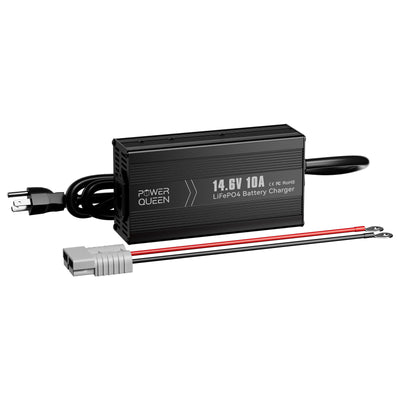


While it is true that there is a wealth of information available online, it is crucial to exercise caution and avoid misleading information when it comes to chargers. Just because someone may have had success using an incompatible charger in the past, it does not guarantee the same outcome for your battery. If you have any doubts or concerns about charging, it is advisable to reach out directly to the manufacturer. They can offer accurate information and, if necessary, help you find and purchase a suitable charger. Attempting a DIY approach can jeopardize the lifespan of your battery and pose safety risks, so it is always better to rely on the expertise of the manufacturer.
Below is the LiFePO4 batteries charging voltage references.

Mistake 4: Ignoring Safety Features
Some chargers come with built-in safety features designed to protect both the battery and the user. These features can include overcharge protection, short circuit protection, and temperature controls.
Ignoring these safety features and using a charger that lacks them can put both you and your device at risk. Overcharging a battery can cause it to overheat and potentially catch fire, while short circuits can damage the battery or pose a safety hazard. Temperature controls help prevent overheating and further protect your battery.
When purchasing a charger, be sure to look for one that includes these safety features. While they may cost a little more, they provide a crucial layer of protection and peace of mind.
Mistake 5: Charging in Extreme Temperatures
Extreme temperatures, both high and low, can negatively impact the performance and lifespan of LiFePO4 batteries, although they are generally less sensitive to temperature compared to lead-acid batteries. Charging LiFePO4 batteries in high temperatures can trigger a thermal runaway reaction, where the battery generates more heat than it can dissipate. This can result in dangerous situations like fires or explosions. Therefore, it is crucial to charge these batteries in a suitable environment to ensure safety and prevent any potential hazards.
Similarly, exposing LiFePO4 batteries to extremely low temperatures can also have adverse effects. Cold temperatures can slow down the chemical reactions within the battery, leading to reduced efficiency and slower charging speeds. In severe cases, freezing temperatures can even cause irreversible damage to the battery's structure.
To avoid these issues, it is essential to adhere to the manufacturer's specified temperature range for charging LiFePO4 batteries. This range typically falls between 0°C and 45°C (32°F to 113°F). Charging the batteries outside of this range can result in decreased performance and a potentially shorter lifespan. If you live in the areas where the winter is long, batteries with low temperature protection is crutial to you. Look at Power Queen 12V 100Ah Smart LiFePO4 batteries.When the temperature is below 0°C (32°F), the BMS will cut off the charging.
Mistakes 6: Incorrect Storage before Charging
To maximize the lifespan and performance of LiFePO4 batteries, it is crucial to store them properly before charging. This involves storing them in a cool and dry environment, away from direct sunlight and extreme temperatures. It is recommended to keep LiFePO4 batteries at a partial state of charge, typically between 30% to 50%, to prevent self-discharge during storage.
Before connecting a stored LiFePO4 battery to a charger, it is important to thoroughly inspect it for any physical damage or signs of swelling. If any issues are detected, charging the battery should not proceed, as it may pose safety risks. In such cases, it is advisable to contact the battery manufacturer or seek assistance from a professional to ensure safe handling and guidance.
Mistake 7: Rapid Charging Without Balance
This suits for the battery system that batteries are connected in series or parallel. When charging LiFePO4 batteries, it is important to avoid rapid charging without proper cell balancing. LiFePO4 batteries consist of multiple cells connected in series and parallel to achieve the desired voltage and capacity. During charging, each cell may reach its full capacity at different times, resulting in voltage imbalances. If these imbalances are not addressed, some cells may be overcharged while others are undercharged, leading to decreased battery performance and potential damage.
To prevent cell voltage imbalances, it is essential to use a charger that supports cell balancing or an external cell balancer. Cell balancing ensures that all cells reach their full capacity simultaneously, enhancing the overall performance of the battery and extending its lifespan. By utilizing a charger with built-in balancing capabilities or connecting an external balancing device, users can effectively manage and maintain equal cell voltages during the charging process.
Conclusion
In conclusion, it is vital to be cautious and well-informed when it comes to selecting a charger for your batteries. Avoid blindly following others' claims of success with incompatible chargers and instead rely on accurate information from the battery manufacturer. Take the time to research and invest in a charger that matches the voltage and amps requirements of your battery, and always prioritize safety features and quality. By doing so, you can ensure optimal performance, longevity, and safety for both your battery and device.




